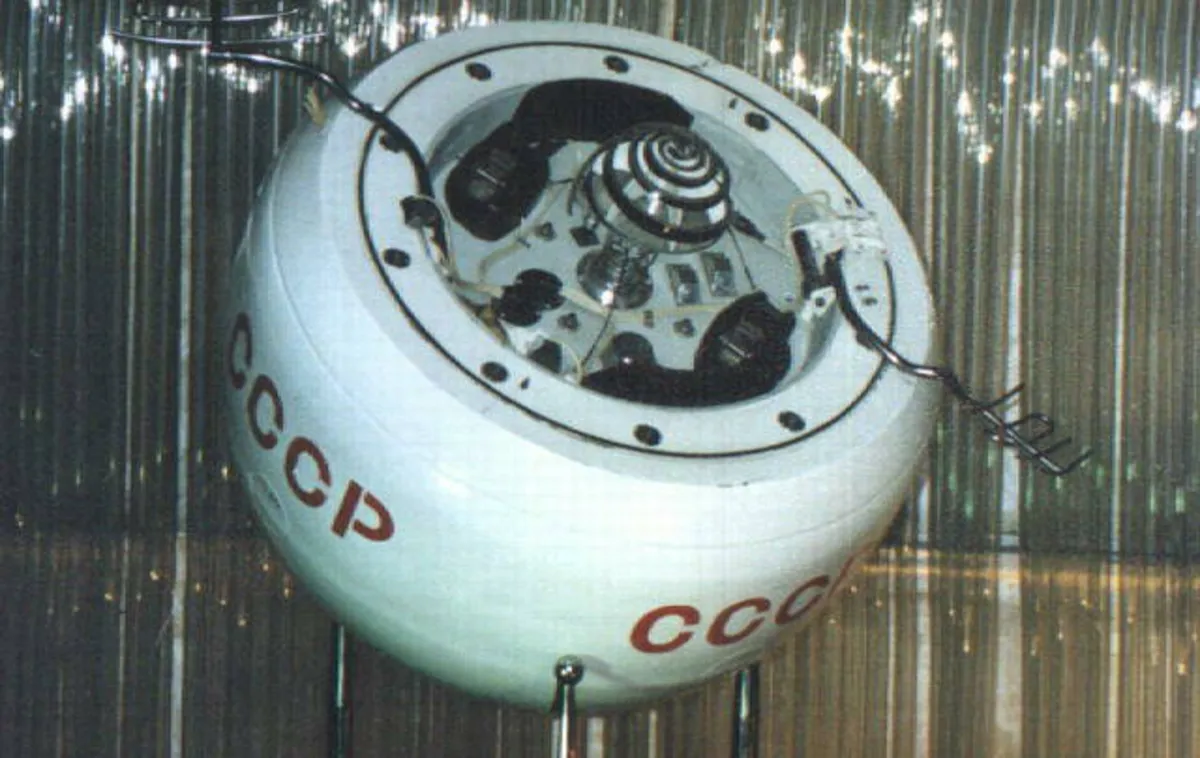
A Soviet probe, which was launched over half a century ago, is making headlines as it is set to return to Earth within the next week or two. The vehicle in question, Kosmos 482, has a significant historical context, and astronomer Jonathan McDowell has issued a light-hearted warning about the potential for the probe to make an uncontrolled re-entry into our atmosphere. He noted, "You wouldn't want it bashing you on the head," highlighting the curiosity and concern surrounding this returning piece of space history.
Launched in March 1972 from Baikonur on a Molniya rocket, Kosmos 482 was intended for a mission to the harsh environment of Venus. This mission came just days after the successful launch of the Venera-8 probe, which ultimately landed on Venus and transmitted data for 50 minutes. Kosmos 482 was designed to include a Venera-8-like descent module, aiming to achieve a similar feat.
The typical mission profile during this era involved placing a spacecraft into a temporary parking orbit around Earth before igniting its engine to head toward Venus. However, due to a premature engine shutdown, Kosmos 482 failed to escape Earth's orbit, resulting in its designation as a Kosmos mission instead of receiving a Venera title. As the years passed and the space race evolved, Kosmos 482 remained in orbit, an artifact of a bygone era.
According to McDowell, U.S. tracking has identified three objects in the probe’s designated orbit of 206 x 9,800 km. This includes the Kosmos-482 itself, the rocket stage, and additional debris. Notably, the original Kosmos-482 and its rocket stage re-entered the atmosphere in 1981 and 1983, respectively. The debris, cataloged as object 1972-023E, had a slower descent, leading McDowell to speculate in 2000 about its potential identity as the Venera descent sphere. By June 2002, the NORAD satellite catalog also began labeling this object as the Venera descent sphere.
Initially, the mission plan for Kosmos 482 included a parachute descent to the surface of Venus after atmospheric entry. However, considering the probe's extensive time in orbit, it is likely that the parachute mechanism has long since ceased to function. Despite this, the half-ton probe is expected to return to Earth, potentially surviving the re-entry due to its heat shield, which was designed to endure the extreme conditions of Venus's atmosphere.
In terms of safety, the probe poses minimal risk as it does not carry any nuclear materials. Nevertheless, it weighs approximately 500 kg and could be traveling at speeds nearing 240 km/h (150 mph) upon impact. According to Dr. Marco Langbroek, an expert on space situational awareness, the re-entry trajectory is currently estimated to land anywhere between latitude 52 N and 52 S, with more precise calculations expected as the re-entry date approaches.
While there is a possibility that the heat shield may fail, allowing the probe to burn up harmlessly upon re-entry, there remains a chance that it could survive and make contact with the Earth's surface. The probability of it striking a person is extremely low, estimated at around one in several thousand. However, as McDowell aptly stated, "you wouldn't want it bashing you on the head," underscoring the importance of monitoring this historic event.